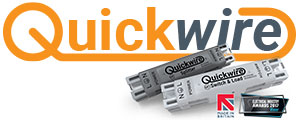- Reaction score
- 55
Hi everybody,
I have encountered a problem with EFL (Zs) testing a couple of times recently.
I have had unusually high readings for the length of circuit and earthing system type and the increase in impedance seems to be coming from resistance across the line pole of the RCD in the consumer unit?
Has anyone else had this and have any explanation for it? as I am worried about he circuits in question achieving their disconnection times with such high readings!
Thanks
I have encountered a problem with EFL (Zs) testing a couple of times recently.
I have had unusually high readings for the length of circuit and earthing system type and the increase in impedance seems to be coming from resistance across the line pole of the RCD in the consumer unit?
Has anyone else had this and have any explanation for it? as I am worried about he circuits in question achieving their disconnection times with such high readings!
Thanks








